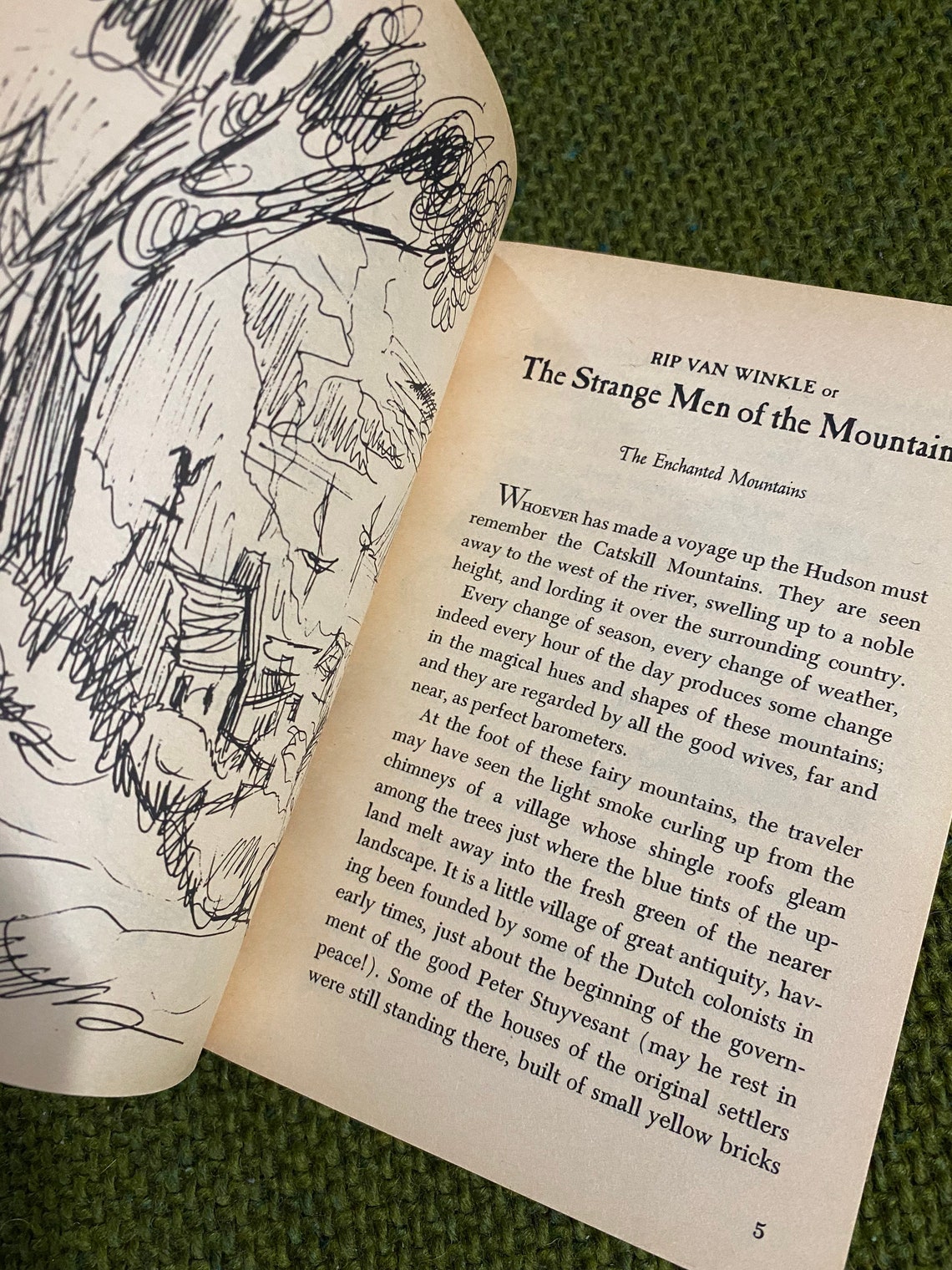
By the 1790s the American Gothic was well on its way to establishing a set of themes and concerns that would become uniquely its own. As an experimental and often transgressive genre, the Gothic novel found a congenial home in the fiercely independent new nation. Gothic horror arrived in America in the latter half of the eighteenth century as one of many imports – literary and cultural – from England during this period of intense transatlantic circulation. Then follows an analysis of the themes in both stories. First, the formal requirements of the fantastic are examined. Irving, then, expresses cultural tensions of otherness and regional conflict by symbolic use of supernatural encounters and creating uncertainty as to whether these are natural, after all. This work aims to explore the identity crisis depicted in Rip Van Winkle and The Legend of Sleepy Hollow embedded in of the fantastic and the Gothic. Irving’s Sketch Book, then, reflects this identity crisis in an early capitalist society (Antony 112) with free social mobility (Bendixen 32).

However, it seems extraordinary that a young nation was obsessed with stories of “ruins and decay.” (Hedge 91) Furthermore, the Gothic is closely entwined with questions of identity in young America (Bendixen 31). The Gothic made its way into American Gothic fiction during the First Gothic Revival in Britain (Ringel 16) and climbed to record sales by 1790 (23). One of the first authors writing about the Gothic in America was Washington Irving (Bendixen 34), and Rip Van Winkle as well as The Legend of Sleepy Hollow are two of his most popular tales. Tales of the supernatural have been entertaining millions of people for decades in America.


 0 kommentar(er)
0 kommentar(er)
